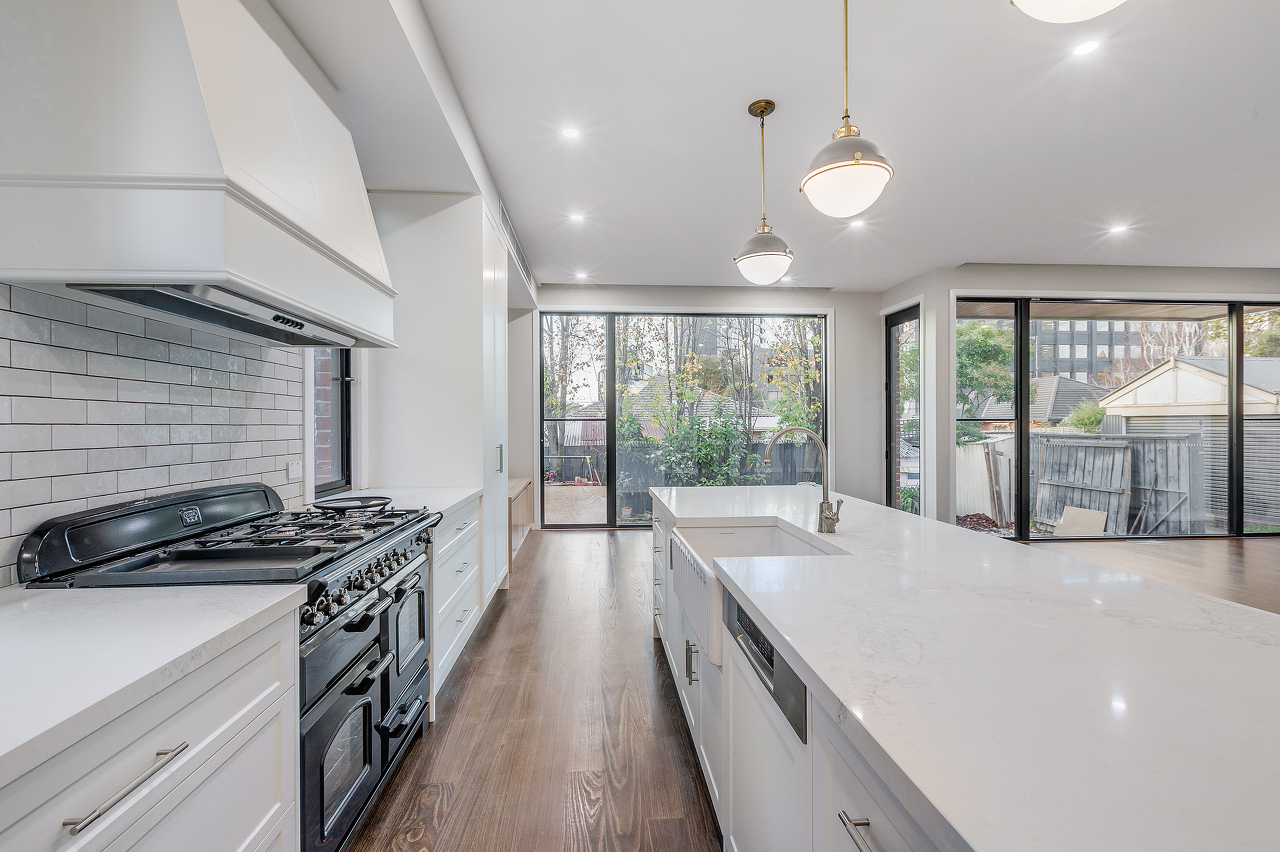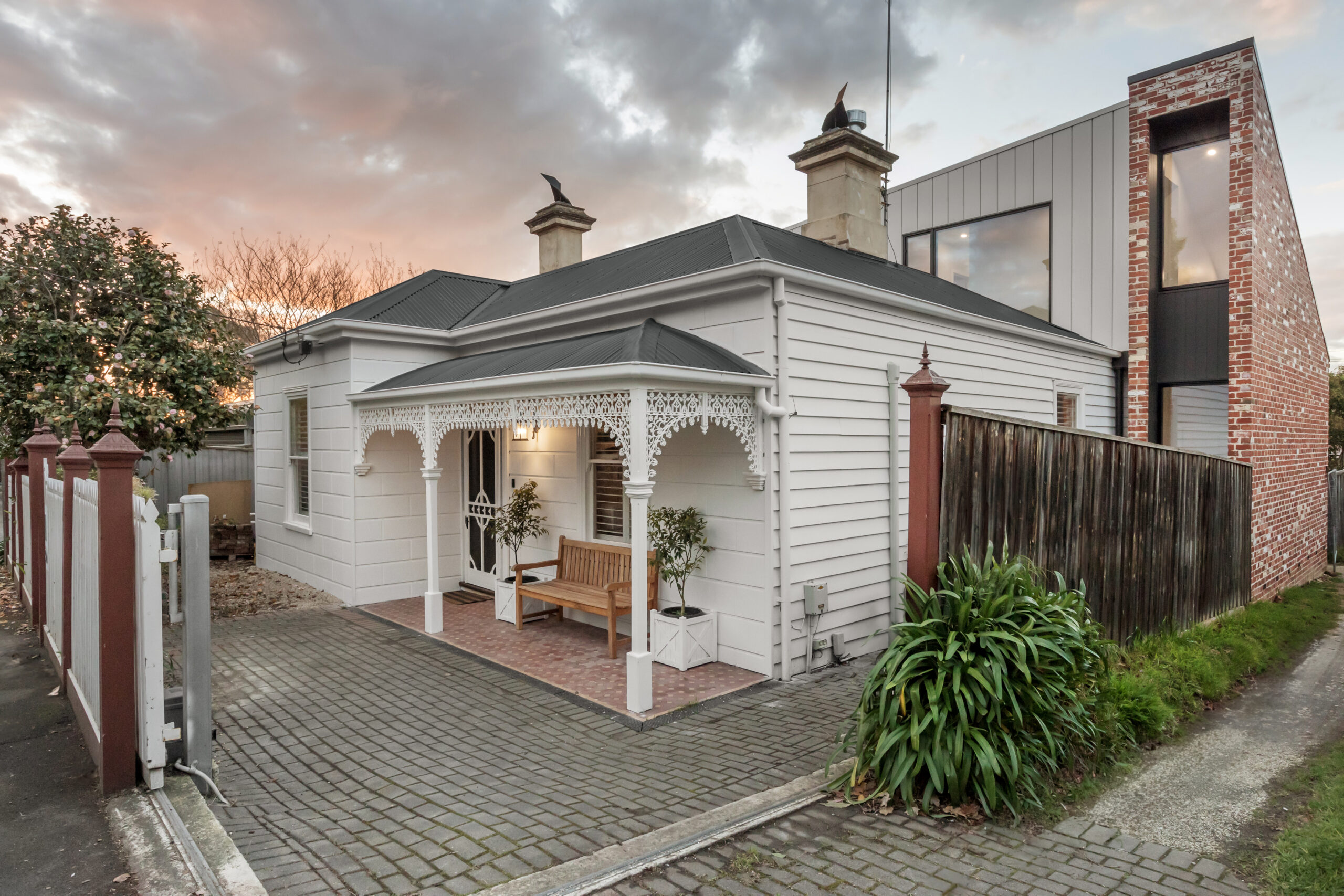Heritage restrictions can be a confusing and daunting aspect of property ownership for many individuals. While homes that are heritage-listed can attract premium prices, they often come with a range of restrictions that can be difficult to navigate. However, it’s important to understand that these restrictions don’t mean a property can’t be extended or renovated at all.
Melbourne’s inner-city suburbs were among the first to be settled in the mid-1800s, and they later became one of the most extensive areas of low-density urban settlement in the world by the end of the 19th century. Today, Heritage Overlays are a common feature on Melbourne’s streets, playing a crucial role in preserving the historical character of these suburbs.
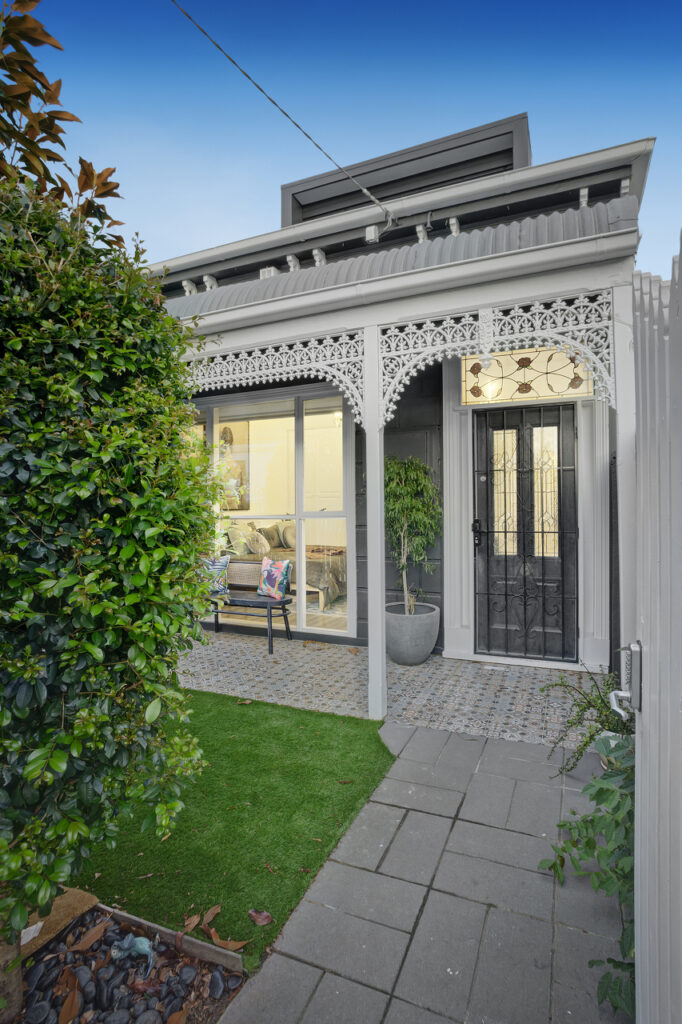
What is a Heritage Overlay?
A Heritage Overlay is essentially a zone or area that has been identified as a place of importance based on its significance to the local area. Once recognised, Heritage Overlays are added to a heritage register, which lists the critical elements and descriptions of a building style, landscaping, or streetscape. This information is significant for specific areas and relates to various places, including a building or even a group of buildings.
The purpose of the overlay is to conserve and enhance heritage places of natural and cultural significance and to control external paint colours, roof shapes, internal building changes, and the removal of trees. While a Heritage Overlay can present planning implications and possible design limitations, it also represents a particular historical style of an era and has cultural significance.
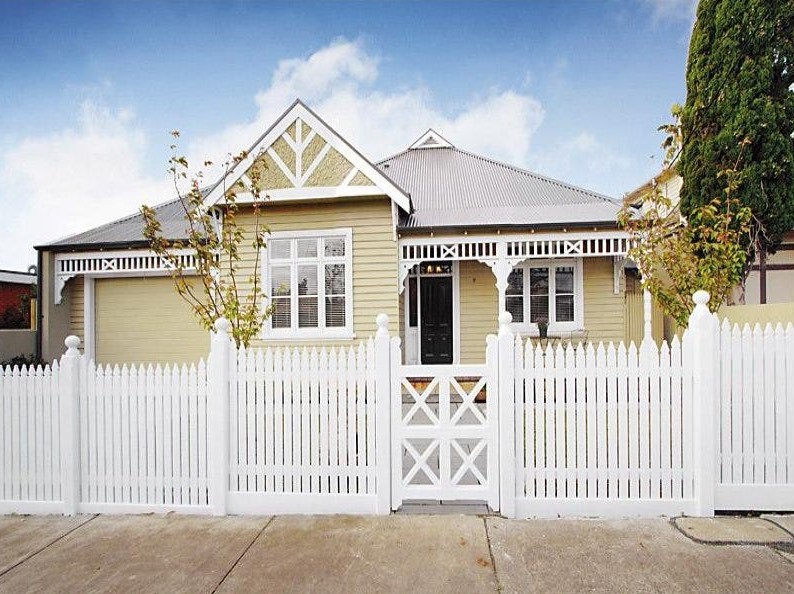
How will a Heritage Overlay impact your extension or renovation?
Councils have strict criteria when assessing planning designs within Heritage Overlays. These criteria include limitations on height to comply with the visibility of an extension from the street, new additions to generally be at the rear of the building or less significant elevation, assessing whether the changes are in line with the overall street’s character and appearance, keeping the ‘look’ and ‘feel’ of the building original but distinguishing changes to other buildings on the street, and keeping the significance and unique character of a place.
Expert advice is required when planning a home renovation or extension in a heritage home. To successfully work within Heritage Overlays, you need experience, creativity and the flexibility to work within the constraints that might be imposed on your project.
At XL Built, we have experience working on many homes that fall within areas that possess Heritage Overlays across Melbourne. Our Design Consultants can provide guidance and support to homeowners looking to transform their heritage homes with similar restrictions.
When renovating or extending a heritage home, it’s important to ensure that your new design is sympathetic to the original dwelling and the surrounding character of the street. Original features can be kept and flow over into the addition of the house to create a complete look, rather than the impression of two separated buildings.
Modern extensions on Heritage homes are also a growing trend in the design world, and we are pushing the boundaries of what is possible while still respecting the original structure and design.
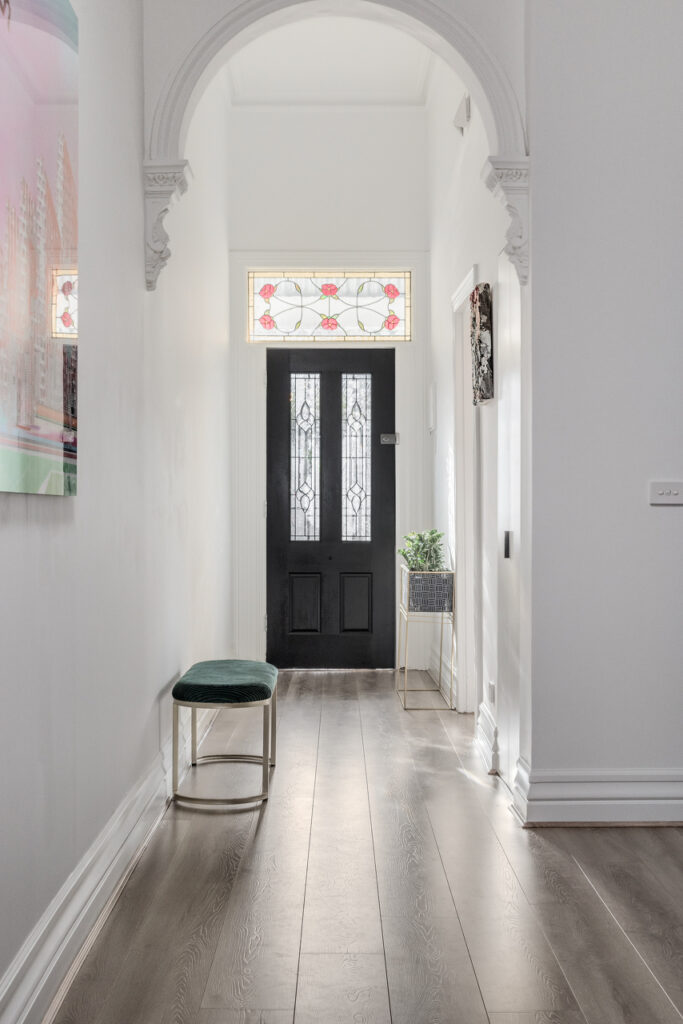
Does Heritage Overlay affect property value?
Studies show that heritage listing has no effect on property values in most cases, and sometimes improves resale value. Listed residences with well-maintained heritage features have been found to attract a price premium compared to equivalent non-listed places in independent studies.

How to Ensure a Successful Heritage Home Extension
The key to a successful heritage extension or renovation is to appoint a builder who has experience in heritage projects and is highly recommended. Hiring the wrong builder could end up costing you much more, so make sure you choose a licensed, Melbourne builder with a long-standing reputation for high-quality work specialising in period and heritage homes.
During your renovation or extension process, you need to create a design that provides the right amount of extra space, complies with all the building regulations, meets the local council’s requirements, and often also a specialist heritage consultant employed by that council. It can be a balancing act.
In conclusion, Heritage Overlays play a crucial role in preserving the historical character of Melbourne’s inner-city suburbs. They are essentially zones or areas that have been identified as places or locations of importance based on their significance to the local area. While they can impose planning implications and design limitations, they also represent a particular historical style of an era and have cultural significance.
Working within Heritage Overlays requires expert advice and guidance, as well as experience, creativity, and flexibility. It’s important to engage a licensed, Melbourne builder with a long-standing reputation for high-quality work specialising in period and heritage homes. By doing so, homeowners can successfully undertake a renovation or extension project in a heritage home while preserving its historical character and adding value to the property.
At XL Built, we are passionate about quality workmanship and design and are experienced in extending and renovating heritage homes throughout Melbourne. Contact us today to discuss your renovation or extension ideas and let our team guide you through the process.


